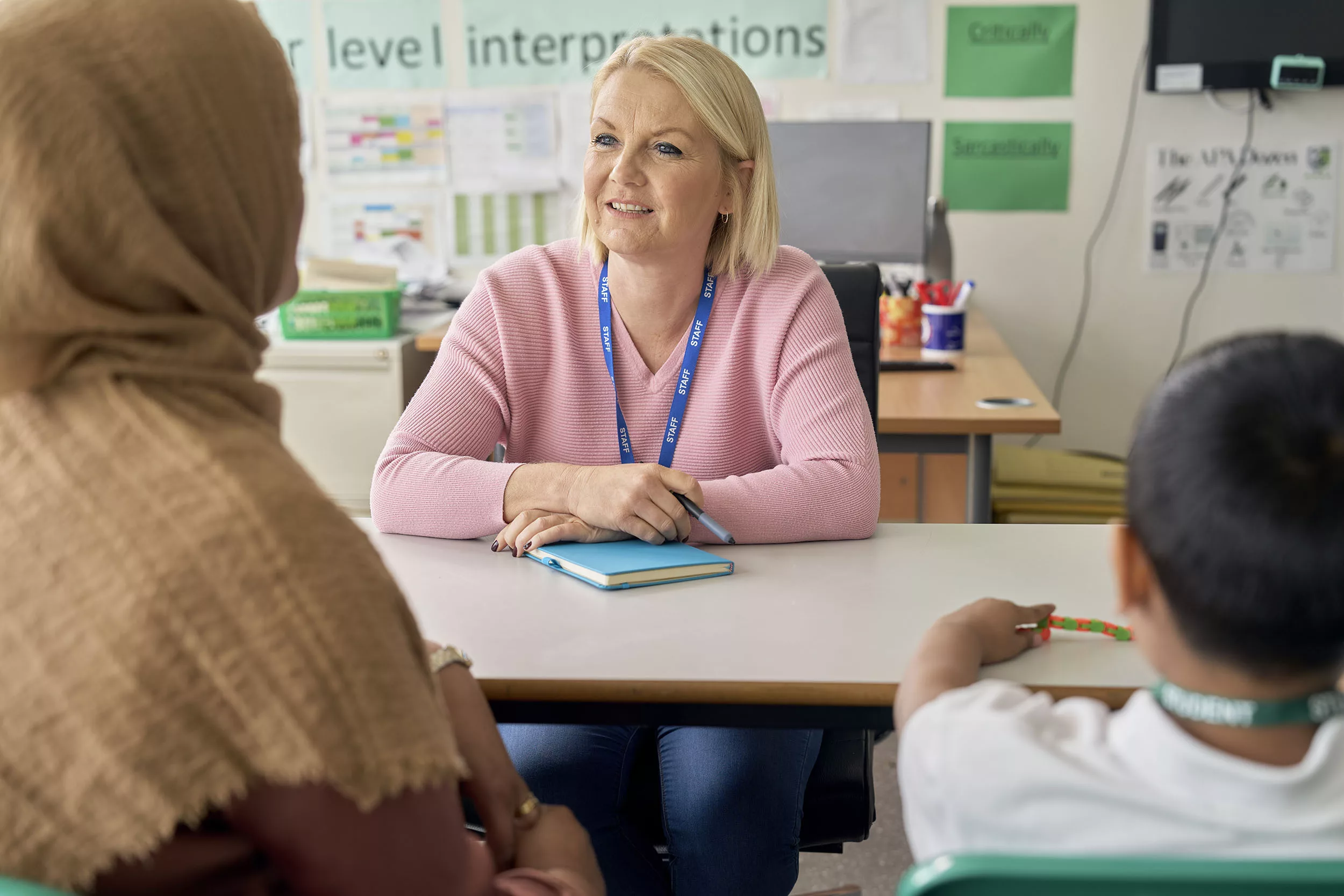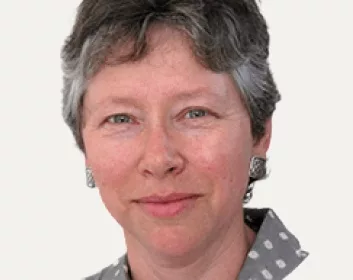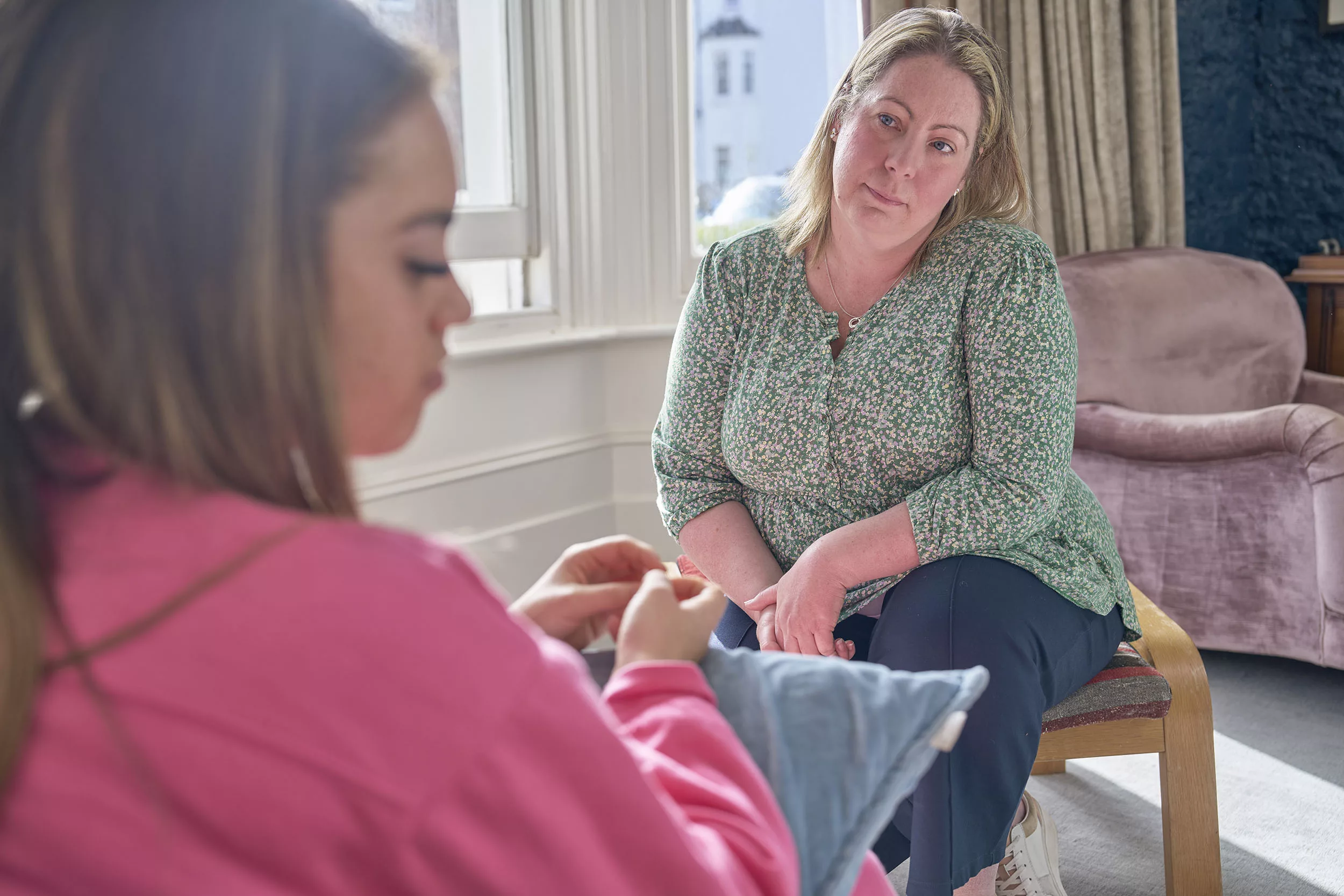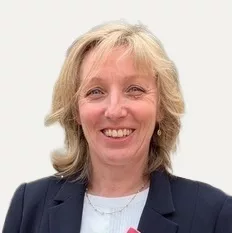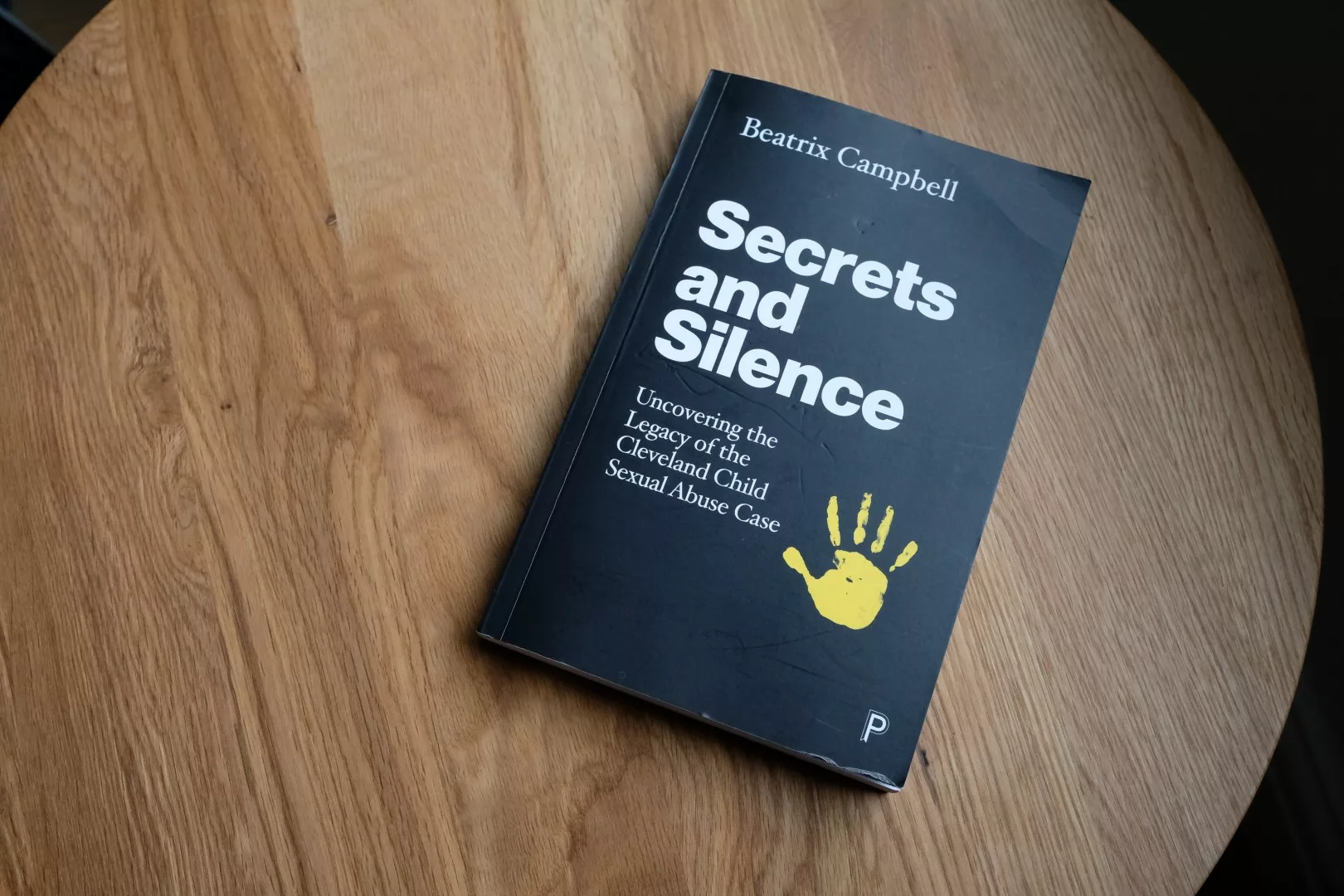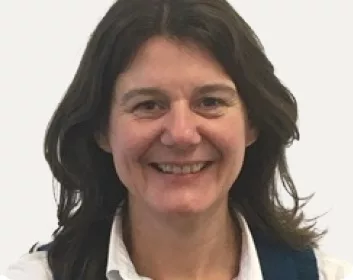This blog is the first in a series where our Deputy Director for Research and Evaluation, Dr Sophie Laws, highlights research done by other people (not the CSA Centre) that improves understanding of child sexual abuse.
The CSA Centre has studied and consulted widely on research gaps – and there are many. You can see our own research publications and projects on our website, but we have limited funding and can only do so much.
Ours is not an easy area to research, and, in any case, no study is ever perfect. But there is some wonderful research on child sexual abuse that really sheds light on key questions.
Each blog will talk about a specific study or group of studies. Some of the studies I write about will be well-known, others may not be. I will make some comments on methodology and mention limitations as well as positive aspects. I’m going to start with studies from which we can learn more about the lived experience of child sexual abuse and responses to it.
Intra-familial child sexual abuse
Making Noise: Children’s voices for positive change after sexual abuse is a recent study that did something really valuable; it asked children about their experiences of help-seeking and support after intra-familial sexual abuse. The researchers completed 53 in-depth qualitative interviews with children aged 6 to 19 who were receiving support for experiences of child sexual abuse in the family environment. Children were recruited through third sector services. Additional focus groups and survey work was undertaken exploring possible barriers to disclosure and service access.
This is unique data, making a great contribution to filling some key gaps identified by the Office of the Children’s Commissioner (OCC)’s excellent earlier research and inquiry into intra-familial abuse. The study was funded by the Children’s Commissioner and undertaken by the University of Bedfordshire with NSPCC. It’s a tough read as the children’s experiences were so painful and the service response often far from what we would hope, though better practice is highlighted clearly where it is found.
The first recommendation highlights the importance of professionals understanding how difficult it is for children to verbally disclose, and therefore how key it is to know how to recognise signs and ask appropriate questions.
It started when I was about five and finished when I was about 14 so that’s a very long period of time for it to be going on, without being able to tell anyone.
(Female 18 years – abused by mother’s male partner – resident)
Say if you tell someone, it’s like relieving – because they now like – they just – they know that you’ve been through a bad time and that they’re going to help you – because that’s what my friend said – that, she were going to help me and she did. I asked her not to tell anybody and she did actually do that but then – she was a bit worried and… she said that I needed to tell my mum, so I went and told my mum.
(Female 10 years)
However this study and others (the OCC’s survey and Allnock and Miller’s important study of disclosure) show that, unfortunately, telling does not necessarily result in the abuse ending. Nonetheless, identification has to be the first step, and improved response needs to follow through. Children said that they needed services to offer safety, care and compassion, choice and control, advocacy, honesty and authenticity.
Lesser-heard voices
The researchers held additional focus groups to supplement their interview sample and shed more light on issues for: those with learning disabilities; boys; black and minority ethnic children (mainly British South Asian children in this sample); those in care; and LGBT young people. A table summarises factors perceived to create additional barriers for each group. One South Asian group said that staff need to understand and be sensitive to differences and let children and young people know that ‘services are on their side’.
There is much to learn here about the changes young people would like to see in services generally, including schools and criminal justice processes. The value of providing services to non-abusing parents and carers is another key recommendation, as discussed in our Evidence Review on how to support parents of sexually exploited children. A key challenge for practice is how to embed more responsive approaches not just among specialists but throughout wider services where children are.
Learning on methods
This is a good-sized sample for an in-depth qualitative study, with additional research included which triangulates and builds confidence in findings. The work done to ensure the research was carried out with the highest regard for the welfare of the children is documented in the methods chapter.
The key bias reported for the study arose from working only with children whose abuse was identified during their childhood, who are believed to be in the minority (OCC 2015). Rather than ask directly about their own experiences, the researchers offered children vignettes, asking them to take a ‘third person lens’. Instead of attempting to cover all of the very wide remit of the study with each respondent, a visual mapping was carried out which determined which areas each interview would focus on. Having a particular interest in ethical and participative approaches, it was great for me to see the team’s thinking around this and the creative range of techniques used.
How we build on this
We at the CSA Centre continue to draw on this evidence in several strands of our work, especially our ’Key messages from research’ on intra-familial child sexual abuse, and our work on what makes services effective. Our work on the scale and nature of child sexual abuse especially benefited from the earlier study for the Children’s Commissioner’s Office that aimed to estimate incidence of intra-familial child sexual abuse.
Our Social Work Practice Improvement Advisor is working to build social workers’ confidence in identifying and responding to child sexual abuse, running workshops and ‘masterclasses’ for local authorities and creating an online ‘knowledge and resource hub’ with Community Care Inform.
We are also working to build support to undertake a new type of prevalence survey that would provide more accurate numbers. And our next set of ‘Key messages from research’ will include one on identifying and responding to disclosures of child sexual abuse.
There is so much rich information in Making Noise and I’m sure it will be valuable to many others too.
Please get in touch to let me know about the research studies that you find most important, and I will consider them for a future blog.

